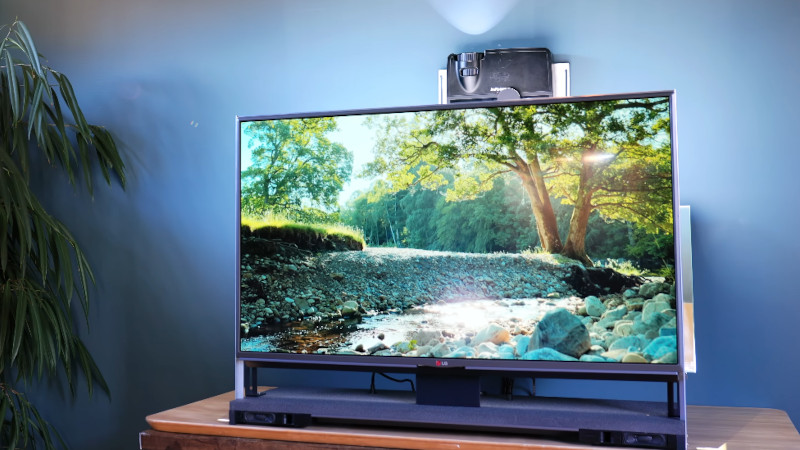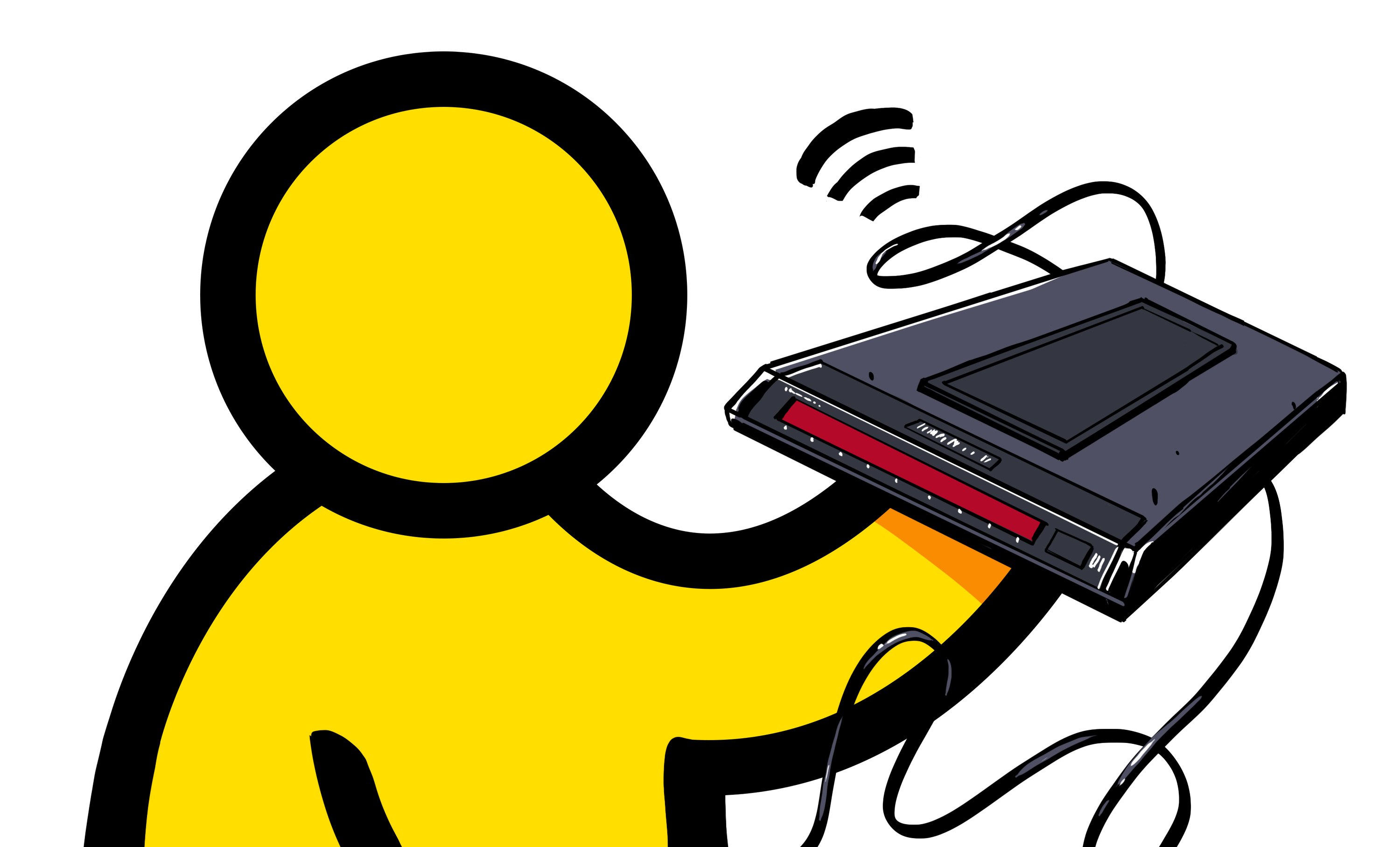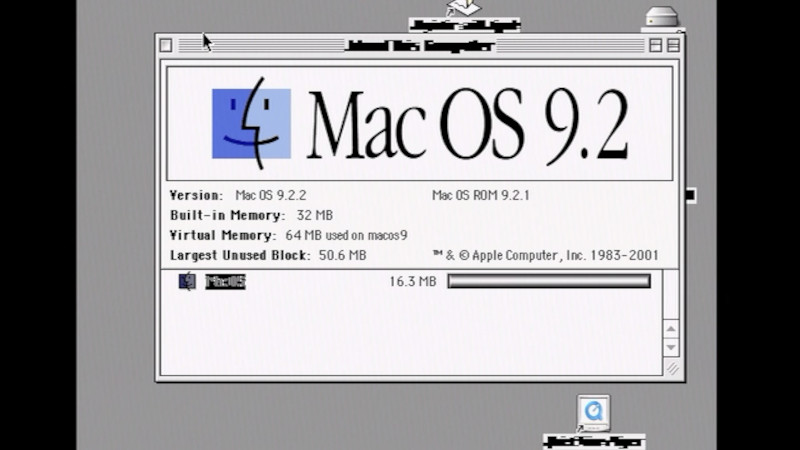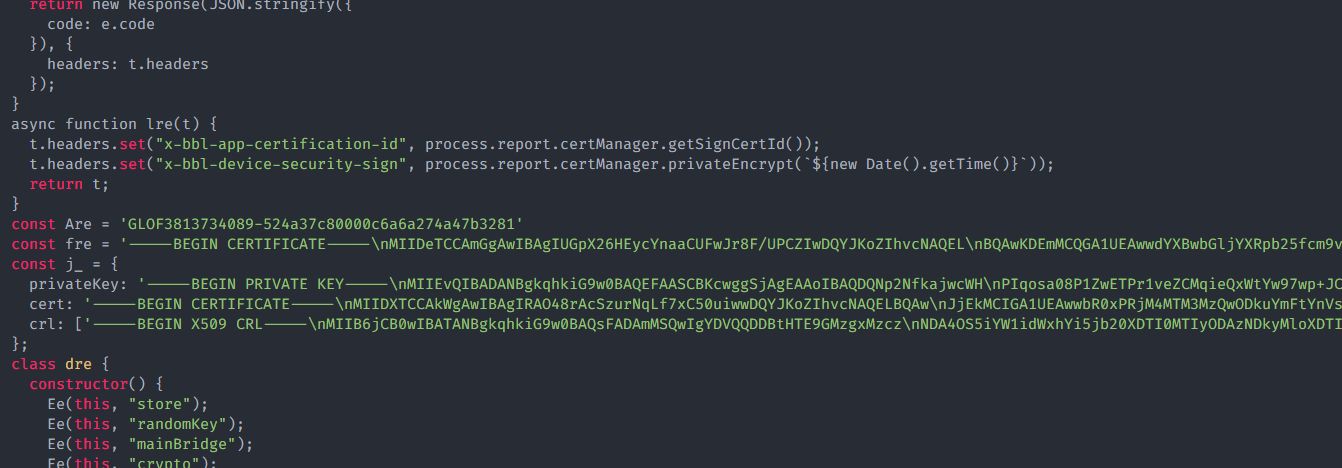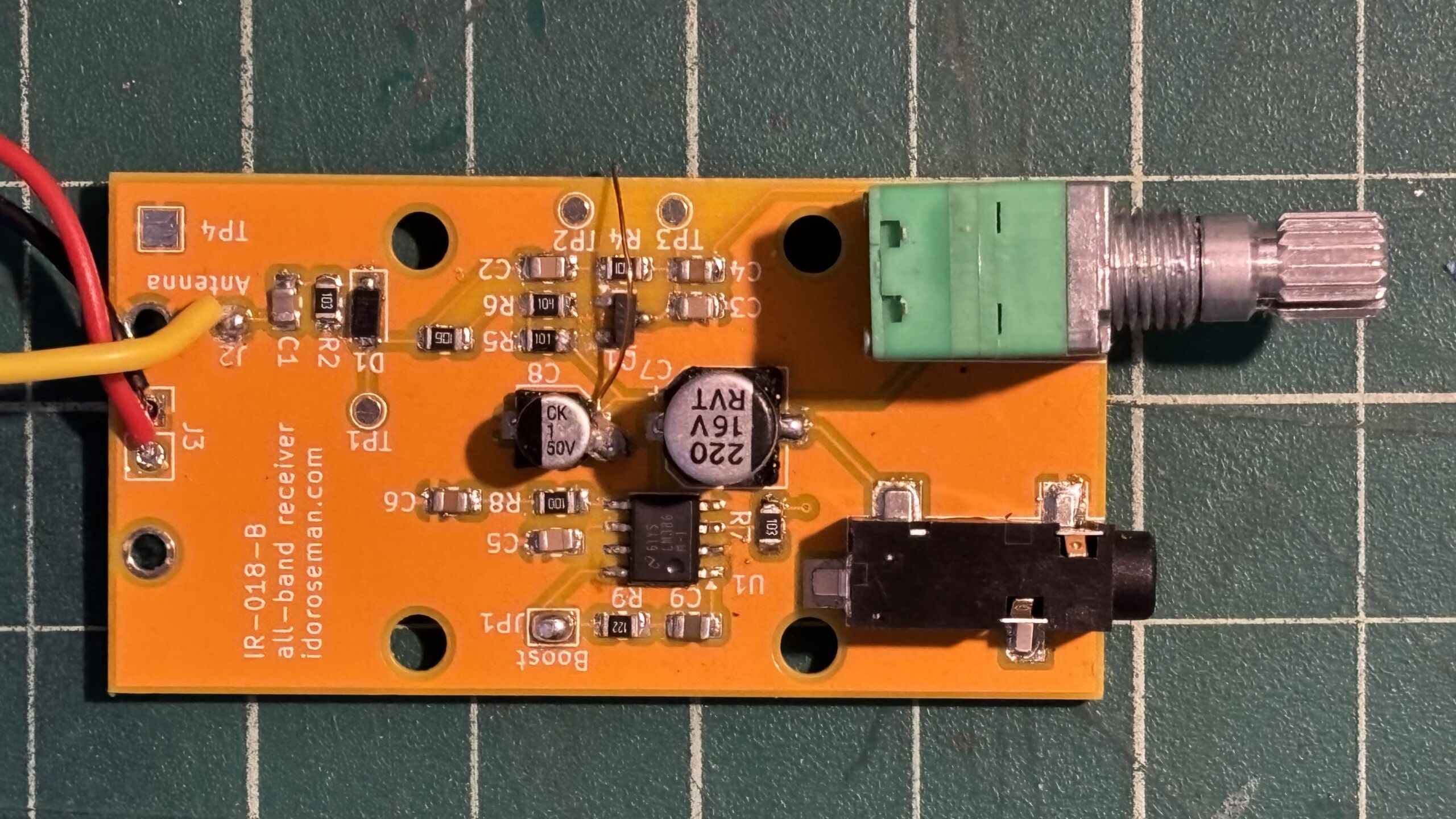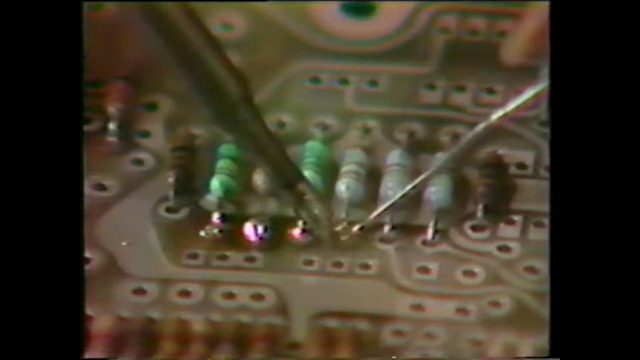Ultrasonic Cutting: The Future of Cake Slicing (and More)
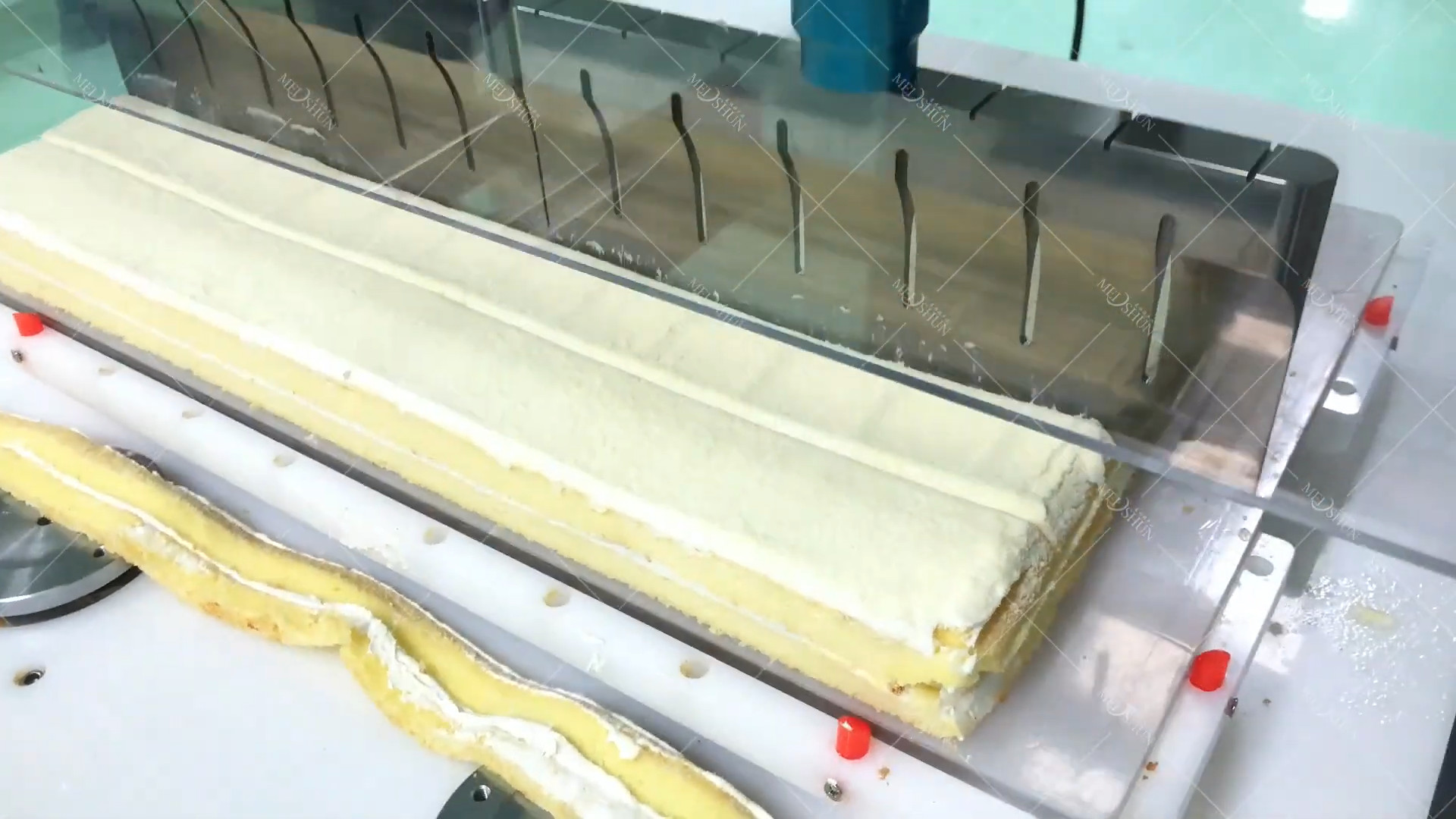
From a single slice of cake at home to thousands for a commercial bakery, the way we cut cake needs an upgrade. Regular knives struggle with sticky foods, leading to messy cuts and inefficiency. Enter ultrasonic cutting, a technology that uses high-frequency vibrations to prevent sticking, resulting in perfectly clean cuts. This isn't just for food; it's used in rubber, textiles, and more, even melting and sealing edges. While maybe overkill for home use, it's a game-changer for anyone who needs perfectly sliced cake – or other materials.
Read more